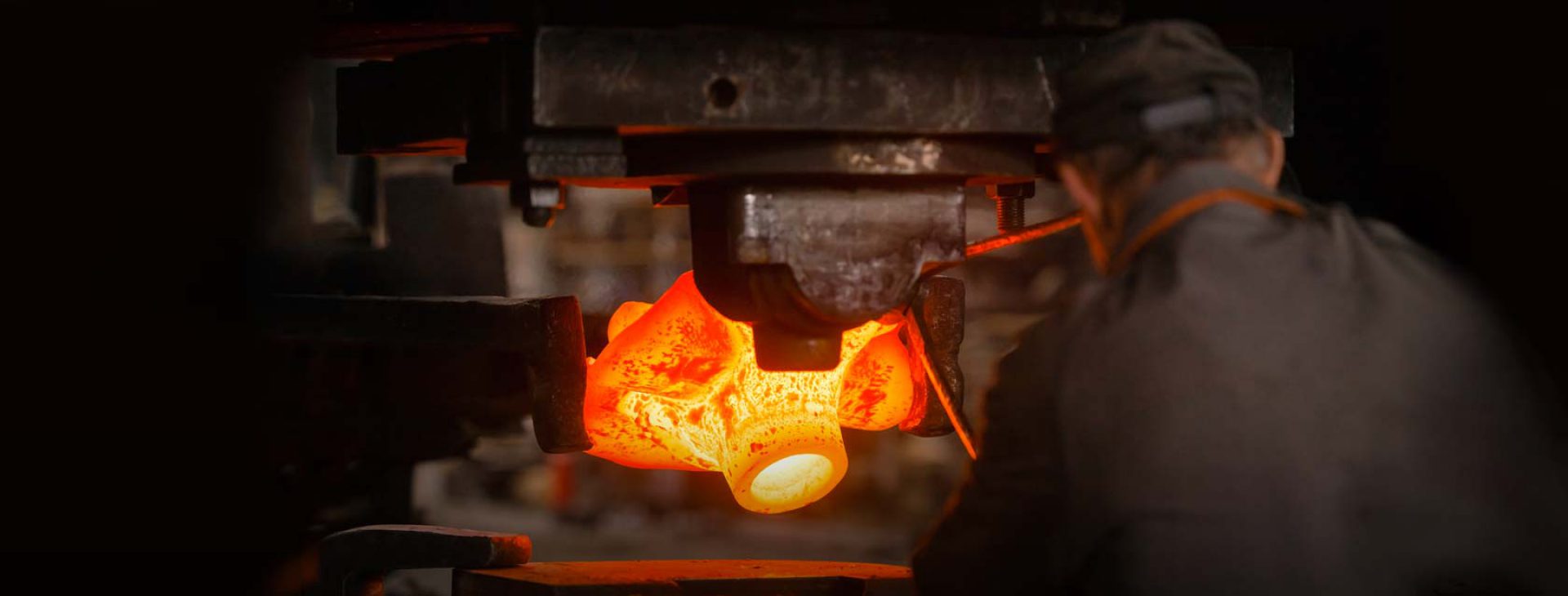Steel forging defects are not widely discussed because of a natural reluctance by forging company to draw attention to them. There are many imperfections that can be considered as being defects, ranging from those traceable to the starting materials to those caused by closed die forging process or by post forging operations.
Defects can be defined as imperfections that exceed certain limits. In other words, there may be imperfections that are not classified as true “defects” because they are smaller than allowances in the applicable specifications.
The following listed information is about common and not so common defects of steel forgings that come from the actual closed die forging operations or from post forging operations typical of many forge plants. The goal here is to acquaint the reader with these various defects, with how they can affect forging performance, and how to eliminate them with future forging production.
1) Unfilled Section:
As the name implies in this type of defect some of the forging section remain unfilled. This is due to poor design of die or poor forging technic. This is also due to less raw material or poor heating. This defect can be removed by proper die design, proper availability of raw material and proper heating.
2) Cold Shut:
Cold shut includes small cracks at corners. These defects occur due to improper design of forging die. It is also due to sharp corner, and excessive chilling in forging product. The fillet radius of the die should be increase to remove these defects.
3) Scale Pits:
Scale pits are due to improper cleaning of forged surface. This defect generally associated with forging in open environment. It is irregular deputations on the surface of forging. It can be removed by proper cleaning of forged surface.
4) Die Shift:
Die shift is caused by misalignment of upper die and lower die. When both these dies are not properly aligned the forged product does not get proper dimensions. This defect can be removed by proper alignment. It can be done by provide half notch on upper die and half on lower die so at the time of alignment, both these notches will matched.
5) Flakes:
These are internal cracks occur due to improper cooling of forge product. When the forge product cooled quickly, these cracks generally occur which can reduced the strength of forge product. This defect can be removed by proper cooling.
6) Improper Grain Growth:
This defect occurs due to improper flow of metal in casting which changes predefine grain structure of product. It can be removed by proper die design
7) Incomplete Forging Penetration:
This defect arises due to incomplete forging. it is due to light or rapid hammer blow. This defect can be removed by proper control on forging press.
8) Surface Cracking:
Surface cracking occurs due to exercise working on surfaces at low temperature. In this defect, So many cracks arise on work piece. This defect can be removed by proper control on working temperature.
9) Residual Stresses in Forging:
This defect occurs due to improper cooling of forged part. Too much rapid cooling is main causes of this type of defects. This can be removed by slow cooling of forged part.
These are all main types of steel forging defects. If you have any purchasing requirement on forged steel production, pls contact our forging company in China.


